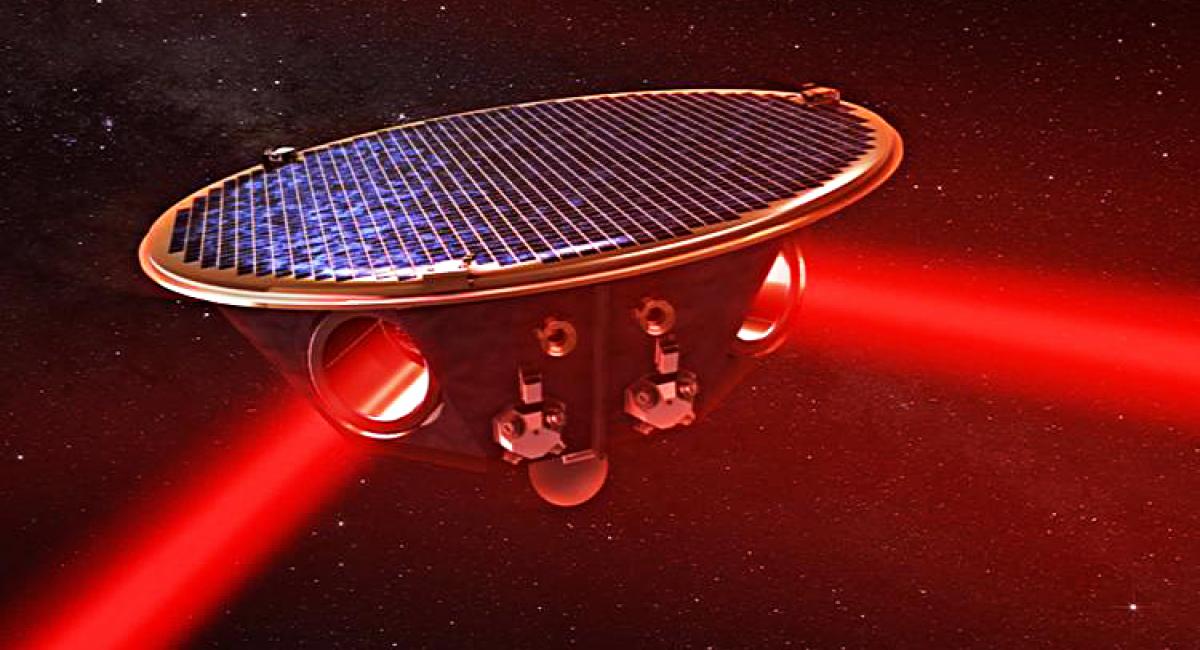LISA mission passes review successfully and begins next stage of development [NOT TRANSLATED]

The MDR´s goal is to review and confirm that
– LISA´s present mission design is feasible and suitable,
– the mission requirements meet LISA´s science requirements,
– the requirements are mature and adequate to the current phase,
– the technology developments are adequate to the current phase, and
– the interfaces between spacecraft, payload ground segment and launcher are well defined.
“I am very satisfied that LISA passed the assessment so well. Now we are heading to the next phase. 2018 will be filled with further examinations, investigations and technology development. It’s great to see LISA making so much progress”, says Prof. Dr. Karsten Danzmann, director at the Max Planck Institute for Gravitational Physics (Albert Einstein Institute), director of the Institute for Gravitational Physics at Leibniz Universität Hannover, and LISA Consortium Lead.
LISA is scheduled for launch into space in 2034 as a mission of the European Space Agency (ESA). It is supported by many ESA member states as well as NASA and many scientists working together across the Atlantic.
LISA will consist of three satellites spanning an equilateral triangle with each side approx. 2.5 million kilometres long. Gravitational waves passing through the constellation change these distances by a fraction of the diameter of an atom. LISA´s key technologies were successfully demonstrated with ESA´s LISA Pathfinder mission, which operated from late 2015 until mid 2017.
LISA will measure low-frequency gravitational waves with oscillation periods ranging from 10 seconds to more than half a day, which cannot be detected with detectors on the earth. These are emitted by events such as supermassive black holes with millions of times the mass of our Sun merging at the centres of galaxies, the orbital motions of tens of thousands of binary stars in our Galaxy, and possibly exotic sources such as cosmic strings.
The Gravitational Astronomy-LISA group of the Institute of Space Sciences (ICE, CSIC) and of the Institute of Space Studies of Catalonia (IEEC) has lead the Spanish contribution to the LISA Pathfinder mission, the Data and Diagnostic Subsystem (DDS), and is currently leading the developments for the LISA mission. Miquel Nofrarias, member of the group and of the LISA Instrument Group, says: “Six months ago we completed the precursor mission LISA Pathfinder with which we tested the technology for gravitational-wave detection in space. The results allow us to consolidate the design of the future LISA observatory and accelerate its development”. Carlos F. Sopuerta, also member of the group and of the LISA consortium Board says: “LISA is progressing extremely well and everything indicates that it will fulfil the great expectations that we have”. [NOT TRANSLATED]
